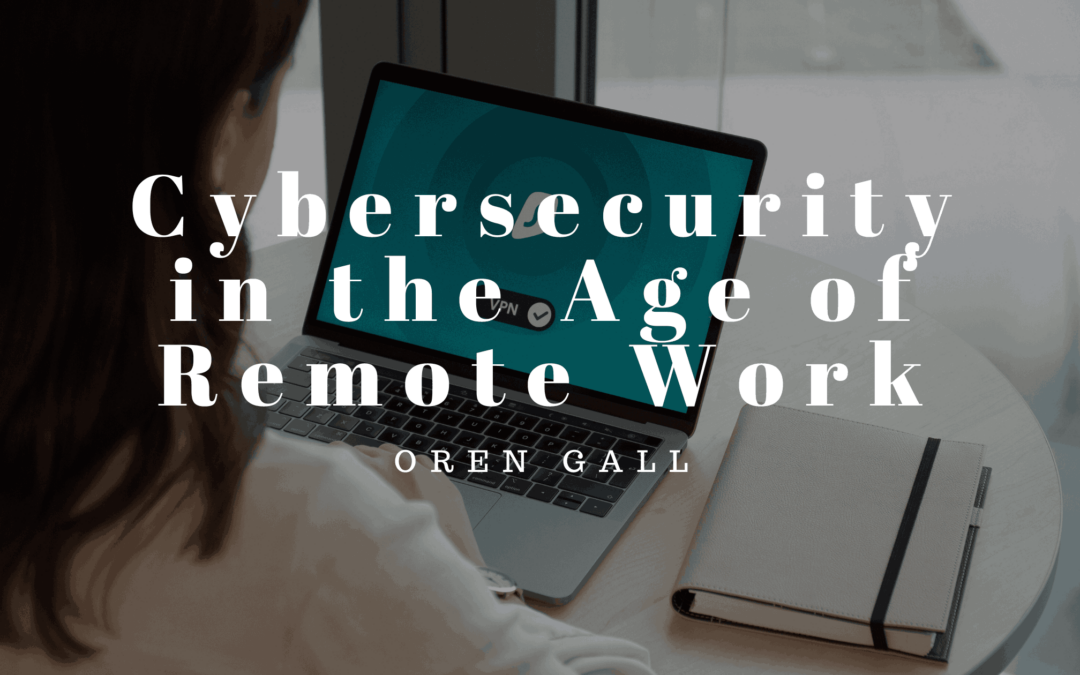The global shift to remote work has transformed the way businesses operate. While remote work offers flexibility and efficiency, it has also brought significant cybersecurity challenges. With employees accessing sensitive data from home networks and personal devices, organizations must adopt robust strategies to protect their digital assets. This blog delves into the risks, best practices, and future of cybersecurity in a remote work environment.
The Rise of Remote Work
The COVID-19 pandemic accelerated the adoption of remote work, but the trend is here to stay. According to various studies, a large percentage of the workforce now prefers hybrid or fully remote setups. However, this new normal has exposed businesses to a broader attack surface, making cybersecurity more critical than ever.
Key Cybersecurity Risks in Remote Work
- Unsecured Home Networks
Employees often work on home Wi-Fi networks that lack the security protocols of corporate networks, making them vulnerable to cyberattacks. - Phishing Attacks
Cybercriminals exploit remote work environments with targeted phishing campaigns. Employees may unknowingly click on malicious links or provide sensitive information. - Use of Personal Devices
When employees use personal devices to access company systems, it increases the risk of malware infections and data breaches. - Weak Passwords
Poor password hygiene remains a leading cause of cyber incidents. Remote workers are more likely to use weak or repeated passwords across platforms. - Inadequate Endpoint Security
Personal devices often lack the endpoint security measures installed on corporate systems, such as firewalls and antivirus software. - Data Loss
Remote work increases the likelihood of accidental data leaks, especially when employees store sensitive information on personal devices or unsecured cloud services.
Best Practices for Cybersecurity in Remote Work
- Implement Multi-Factor Authentication (MFA)
MFA adds an extra layer of security by requiring users to verify their identity through multiple factors, such as a password and a one-time code. - Use Virtual Private Networks (VPNs)
VPNs encrypt internet connections, ensuring that data remains secure when accessed remotely. - Provide Regular Training
Educating employees about cybersecurity threats, such as phishing and ransomware, empowers them to recognize and prevent attacks. - Enforce Strong Password Policies
Require employees to use complex passwords and update them regularly. Encourage the use of password managers for better security. - Adopt Endpoint Security Solutions
Ensure all devices accessing company systems have up-to-date antivirus software, firewalls, and intrusion detection tools. - Secure File Sharing and Collaboration
Use encrypted platforms for file sharing and collaboration to prevent unauthorized access to sensitive data. - Monitor and Respond to Threats
Invest in tools that provide real-time monitoring and alerting for potential security breaches. - Limit Access to Sensitive Data
Implement a role-based access control system to ensure employees only access information necessary for their roles.
Cybersecurity Technologies Supporting Remote Work
- Cloud Security: Cloud-based security solutions protect data stored on platforms like Google Drive, Microsoft OneDrive, and AWS.
- Zero Trust Architecture: This approach assumes no user or device is trusted by default and continuously verifies access permissions.
- Artificial Intelligence (AI): AI-driven tools can detect anomalies, predict threats, and automate responses to cyber incidents.
- Secure Access Service Edge (SASE): Combines network security and wide-area networking capabilities in a cloud-delivered framework.
The Future of Cybersecurity in Remote Work
As remote work becomes more widespread, cybersecurity will continue to evolve. Trends to watch include:
- Biometric Authentication: Using fingerprints, facial recognition, or voice patterns for secure access.
- Decentralized Security Solutions: Blockchain-based technologies may offer enhanced security for distributed workforces.
- Increased Regulation: Governments may introduce stricter data protection laws to address the risks of remote work.
While remote work has revolutionized how we work, it also demands a proactive approach to cybersecurity. Businesses must prioritize safeguarding their digital assets by implementing robust security measures, training employees, and staying ahead of emerging threats. By fostering a culture of cybersecurity, organizations can ensure that remote work remains productive and secure for the long term.
